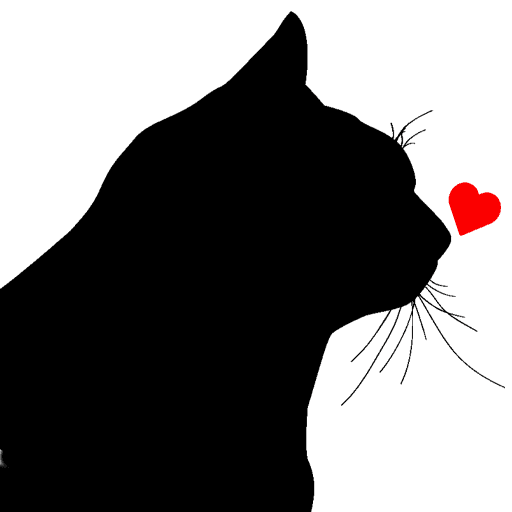When choosing a Ragamuffin vs. a Ragdoll cat, it can take time to decide which one is right for you. They are both beautiful, affectionate breeds that make great companions. So, how do you choose between the two? This guide covers everything you need to know about these cat breeds – from history and personality traits to care requirements and health issues.
Table of Contents
- Ragamuffin Vs. Ragdoll: Breed History
- Ragamuffin Vs. Ragdoll: Physical Features Differences
- Ragamuffin Vs. Ragdoll: Personality Trait Differences
- Ragamuffin Vs. Ragdoll: Health Problems
- Ragamuffin Vs. Ragdoll: Feeding Recommendations
- Ragamuffin Vs. Ragdoll: Life Expectancy
- Conclusion
Ragamuffin Vs. Ragdoll: Breed History
Ragamuffin
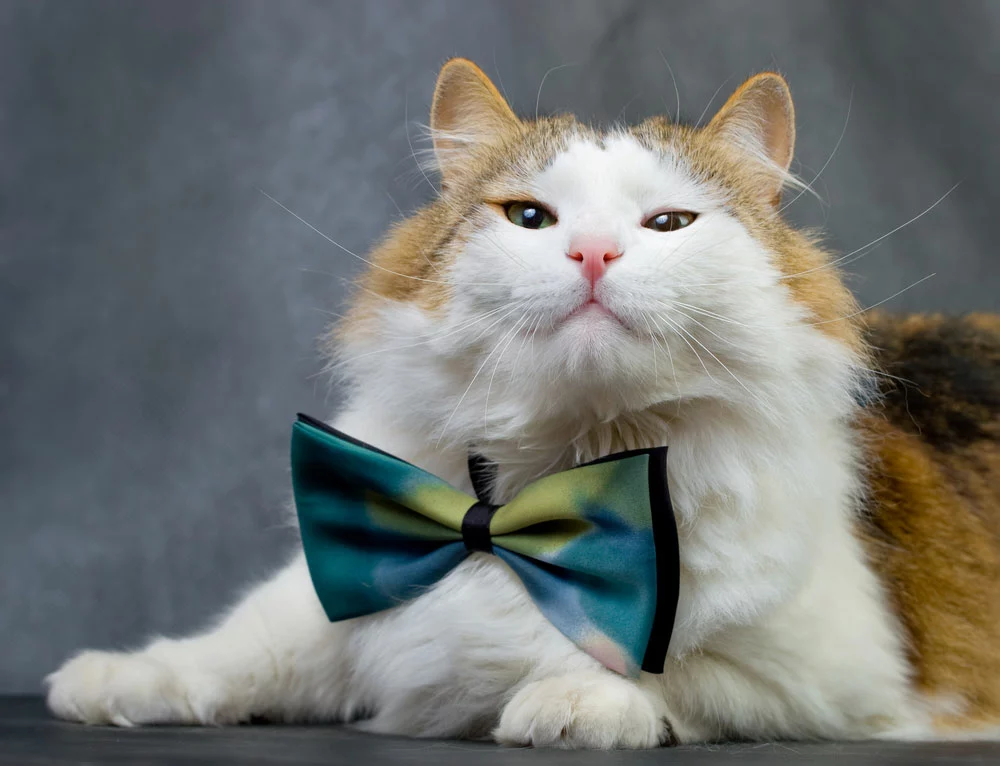
A fluffy Ragamuffin cat rests in a studio.
Ragamuffins have been around since the early 1990s. They are a cross between Ragdolls and several breeds, including Himalayans, Persians, and long-haired domestic cats. Ragamuffins are from California but are now available worldwide.
Ragdoll
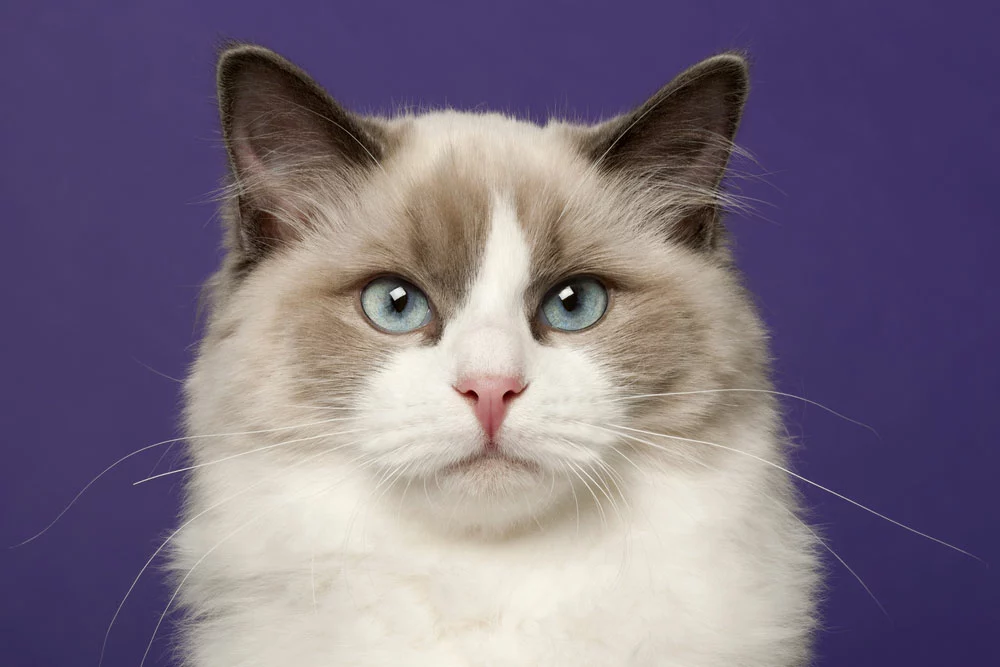
A six-month Ragdoll cat rests.
Ragdoll cats have been around since the 1960s. They were created by crossing several different types of cats, including the Birman, the Persian, and the Siamese. The resulting cat was a large, affectionate animal with a docile attitude and an inclination to go limp when picked up – thus the name “Ragdoll.”
Ragamuffin Vs. Ragdoll: Physical Features Differences
Head
Ragamuffins have domed heads that appear smaller due to their broad chests and prominent shoulders. Ragdolls, meanwhile, have wedge-shaped heads with rounded contours. The skull is flat between the ears.
Nose Shape
Ragamuffins have short scooped noses with a dip, and Ragdolls have medium-length pink noses with an inverted V shape.
Eye

A Ragamuffin cat is resting on the floor.
Ragamuffins have rounded, walnut-shaped eyes with different colors, including odd colors. Meanwhile, Ragdolls have blue or sapphire almond-shaped eyes, which are far apart and aligned with the base of the ears.
Coat
Both cat breeds have silky, shiny, non-mating coats with medium to long hair. Despite the fluffy coat, the breeds do not have an undercoat and shed less hair. Some people believe these cats are hypoallergenic due to their lack of an undercoat, but that is not true.
Body Shape
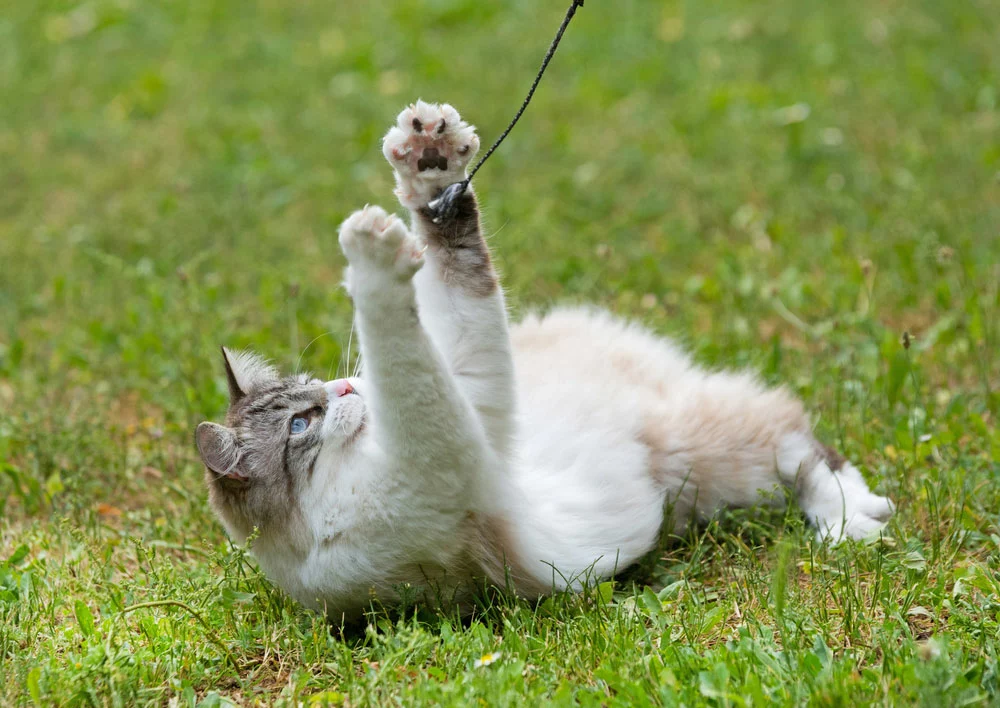
A Ragdoll cat is playing in the garden.
Ragamuffins have robust rectangular bodies with slimmer fronts and heavy bones. Ragdolls, meanwhile, have large, muscular bodies with strong bones and broad shoulders.
Patterns and Colors
Ragdolls come in 6 colors – lilac, seal, cream, blue, flame, and chocolate. The felines also come in 3 patterns – colorpoint, mitted, and bicolor with variations of tortie and lynx.
Ragamuffins, meanwhile, come in many colors: white, red, black, brown, blue, cinnamon, lilac, cream, platinum, chestnut, fawn, silver, chocolate, lavender, and cameo. These cats echo the Ragdoll patterns and include some more, such as tortoiseshell, solid, smoke, tuxedo, mink, and tabby.
Ragdolls and Ragamuffins are born white, with the color developing during the first few weeks of their life.
Ragamuffin Vs. Ragdoll: Personality Trait Differences
A purebred Ragamuffin cat is resting in sunlight in a room.
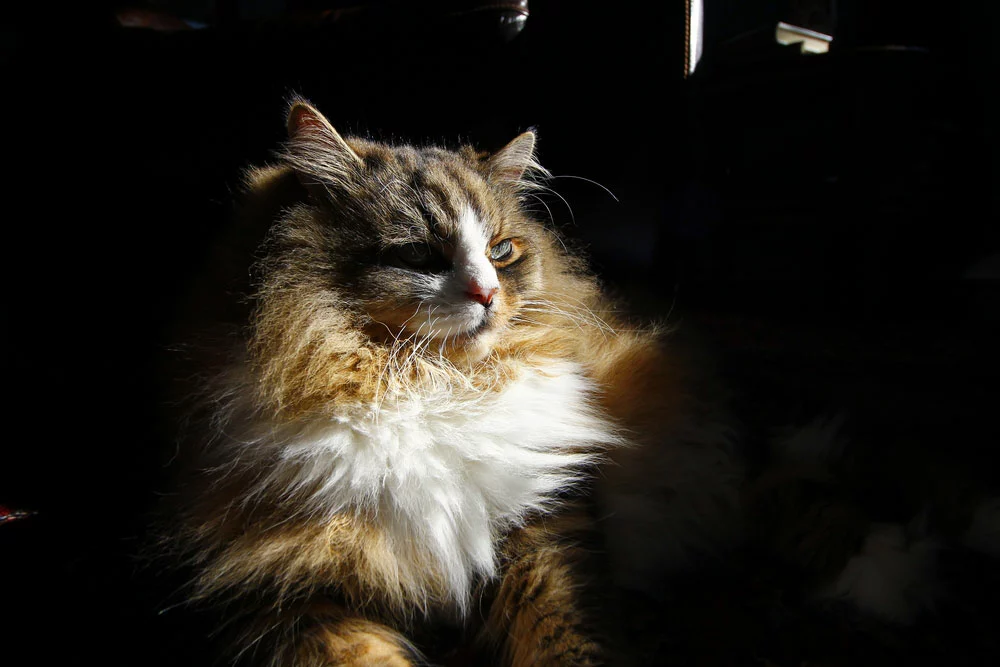
A purebred Ragamuffin cat is resting in sunlight in a room.
Friendliness
Both breeds are known to greet you at the front door when you enter the house and spend time following you around the home. In other words, they have a dog-like nature, with the Ragdolls earning the nickname “puppy-dog” for this reason.
Vocalness
Ragamuffins and Ragdolls are less vocal and have a soft, quiet meow.
Intelligence
Both breeds are intelligent and are easy to train to play a game of fetch or walk on a harness.
Playfulness

Ragdoll cats are resting.
Both cat breeds are energetic and playful. However, Ragamuffins are typically more active and are ever on the move, while Ragdolls are more laid back and might want to lounge in one spot.
Compatibility with Children and other Pets
Both cats make great family pets, socializing and tolerating children and other family pets effortlessly. Neither breed is aggressive nor has a highly territorial nature.
Ragamuffin Vs. Ragdoll: Health Problems
Both breeds of cats have fewer common health issues, including the following:
- Gum disease
- Hypertrophic cardiomyopathy
- Urinary tract infections
- Polycystic kidney disease
- Gum disease
Control the nutrition intake of both cats, as they can be prone to obesity. And, if you purchase a kitten, seek a reputable breeder with healthy kittens tested for certain hereditary conditions.
Ragamuffin Vs. Ragdoll: Feeding Recommendations

A Ragdoll blue-point kitten is resting in front of a white background.
Both breeds can eat different foods. However, Ragamuffins need a diet rich in animal meat. The same goes for Ragdolls – they need a high-protein diet, preferably meat-based, to maintain their large frame. According to nutritionists, the meals should replicate the nutrition profile of the natural feline diet, offering less than 3% carbs, about 20% fats, and over 50% animal proteins.
In addition, consider wet and dry cat food with protein and the nutritional needs your cats need to grow healthy and strong.
Ragamuffins and Ragdolls are large cats but don’t overfeed them. Their dietary needs will depend on age, sex, and activity levels.
Ragamuffin Vs. Ragdoll: Life Expectancy
Both cats are known for their longevity: Ragamuffins can live for over18 years, and Ragdolls have an average life expectancy of 15 to 20 years.
Ragamuffin Vs Ragdoll: Price
Ragamuffins have a lower price tag, ranging from $600 to $1500, and Ragdolls can go for as high as $2000, with the kittens costing about $500.
Conclusion
Both cat breeds love people and crave attention and affection. They’re also relatively easy to care for and are relatively quiet cats. For more information on Ragamuffins and Ragdolls, contact us today.
